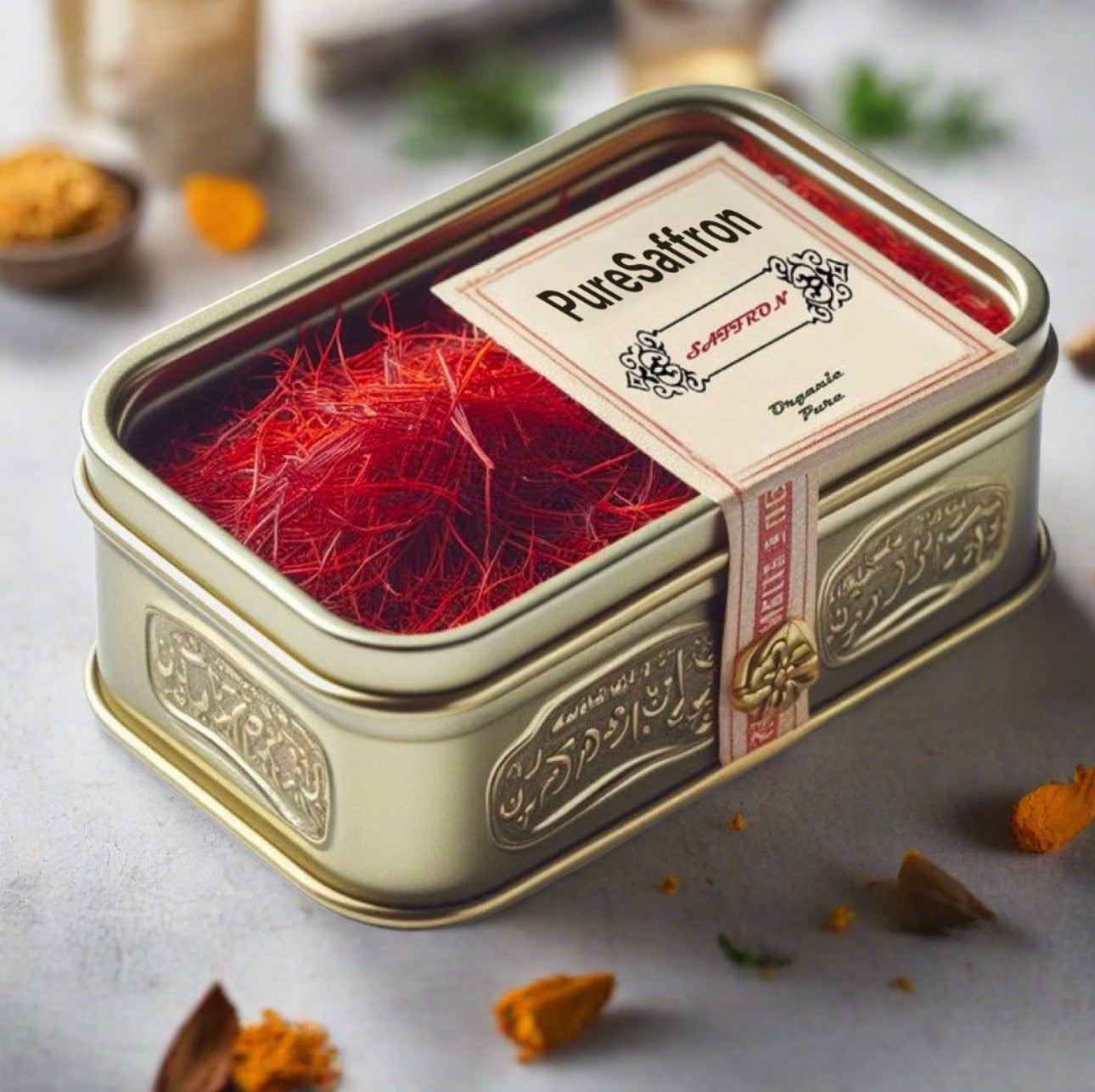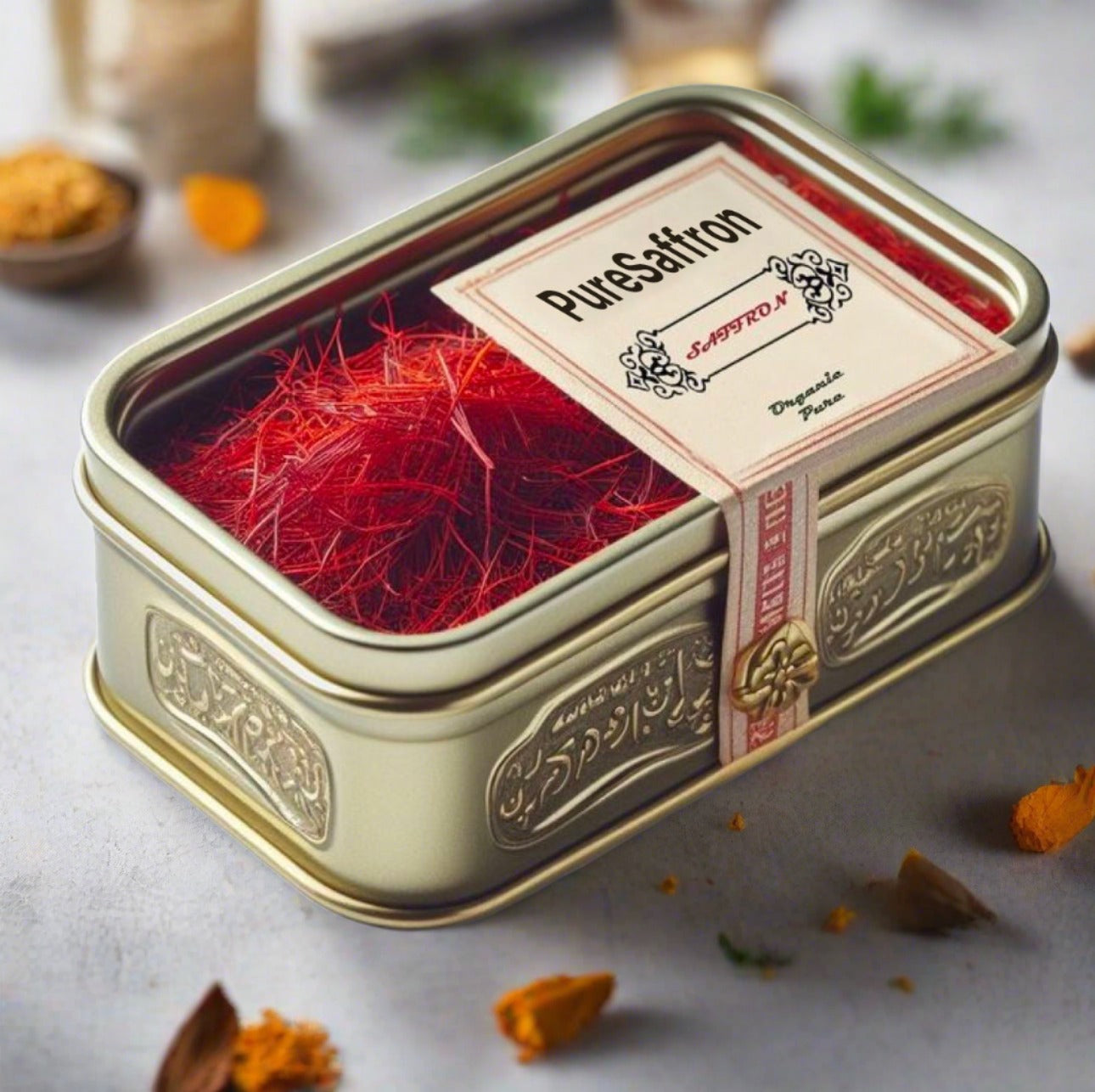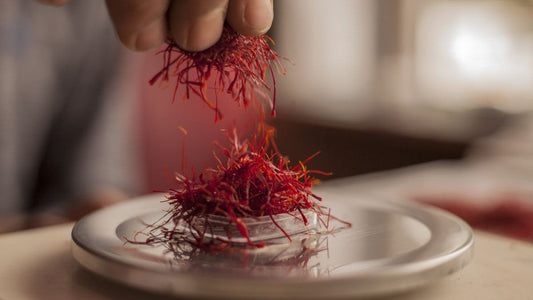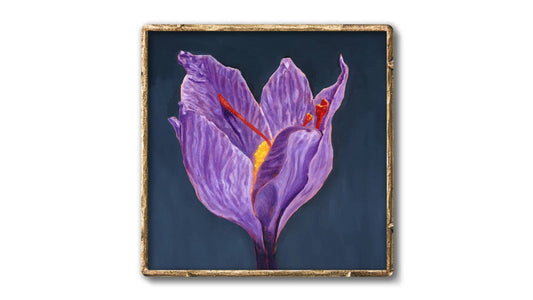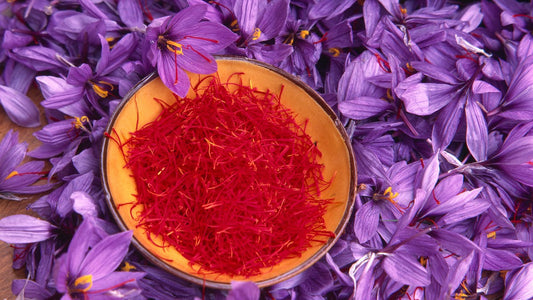Saffron Cultivation: From Farm to Table
Ara OhanianShare
Saffron, often referred to as "red gold," is one of the most expensive spices in the world. Its unique flavor, aroma, and vibrant color make it a prized ingredient in various cuisines, especially in Persian, Indian, and Mediterranean dishes. But what makes saffron so valuable? The answer lies in its labor-intensive cultivation process. This blog post will take you on a journey from the saffron farm to your table, exploring the meticulous steps involved in growing, harvesting, and processing this precious spice.
The Origins of Saffron
Saffron is derived from the flower of Crocus sativus, commonly known as the saffron crocus. This flower is believed to have originated in the Mediterranean region, particularly in Greece and Southwest Asia. Today, Iran is the largest producer of saffron, accounting for more than 90% of the world's supply. Other notable producers include India, Spain, and Greece.
Ideal Growing Conditions for Saffron
Saffron crocus thrives in specific climatic conditions. It requires a hot and dry summer, followed by a cool and moist autumn. The soil should be well-drained, rich in organic matter, and have a pH level between 6 and 8. The ideal altitude for saffron cultivation is between 1000 to 2000 meters above sea level.
Planting Saffron Corms
Saffron cultivation begins with planting the corms, which are bulb-like structures that store nutrients for the plant. The corms are planted in late summer or early autumn, typically in rows spaced about 10-15 cm apart. Each corm produces a single flower, which emerges in the autumn.
The Flowering Season of Saffron
Saffron flowers bloom in mid to late autumn, usually around October. The flowering season is short, lasting only two to three weeks. During this time, fields transform into a sea of purple blossoms, a sight to behold. Harvesting must be done quickly and carefully, as the flowers are delicate and prone to wilting.
Harvesting the Saffron Stigmas
The most labor-intensive part of saffron cultivation is harvesting the stigmas. Each saffron flower contains three red stigmas, which are the actual saffron threads. Harvesting is done by hand, usually early in the morning to ensure the flowers are fresh. Workers carefully pluck the stigmas from each flower, a process that requires precision and patience. It takes approximately 75,000 flowers to produce just one pound of saffron, highlighting the labor-intensive nature of this process.
Drying and Processing of Saffron
Once harvested, the saffron stigmas must be dried to develop their flavor and color. The drying process varies depending on the region and tradition. In Iran, for instance, saffron threads are spread out on a fine mesh and dried over charcoal fires, while in Spain, they are often dried in ovens. The drying process must be carefully monitored to prevent the stigmas from burning or losing their quality.
Saffron Grading and Quality Control
Saffron quality is graded based on the color, flavor, and aroma of the dried threads. The highest quality saffron, known as "superior" or "coupe" grade, has deep red stigmas with minimal yellow style (the part that connects the stigma to the flower). Lower grades may have more yellow style and lighter color. Quality control is essential to ensure that the saffron meets international standards and provides the desired culinary benefits.
Packaging and Distribution of Saffron
After grading, saffron threads are packaged in airtight containers to preserve their freshness and potency. Saffron is sensitive to light and moisture, so it must be stored in a cool, dark place. From the packaging facility, saffron is distributed to markets around the world, where it finds its way into kitchens and restaurants.
Culinary Uses of Saffron
Saffron is a versatile spice used in a variety of dishes, from savory to sweet. It is a key ingredient in classic recipes such as paella, risotto, and bouillabaisse. In Persian cuisine, saffron is used to flavor and color rice dishes, stews, and desserts like saffron ice cream. Its unique taste and aroma elevate the flavor profile of any dish, making it a favorite among chefs and home cooks alike.
Health Benefits of Saffron
In addition to its culinary uses, saffron is known for its health benefits. It has antioxidant properties, can improve mood, and has been used in traditional medicine to treat various ailments. Studies have shown that saffron can help with depression, anxiety, and even improve memory and cognitive function.
Conclusion
Saffron's journey from farm to table is a testament to the dedication and hard work of the farmers who cultivate this precious spice. The labor-intensive process, from planting corms to harvesting stigmas and ensuring quality control, contributes to saffron's high value and esteemed status in the culinary world. By understanding the intricate steps involved in saffron cultivation, we can better appreciate the spice's unique qualities and its significance in our kitchens.
FAQ
Where does saffron come from? Saffron is derived from the flower of Crocus sativus, commonly known as the saffron crocus. It is primarily grown in Iran, which produces over 90% of the world's supply.
What are the ideal growing conditions for saffron? Saffron requires hot, dry summers and cool, moist autumns. It thrives in well-drained soil with a pH between 6 and 8, ideally at altitudes of 1000 to 2000 meters.
How is saffron harvested? Saffron is harvested by hand during a short flowering season in autumn. Each flower's three red stigmas are carefully plucked early in the morning.
What is the process of drying saffron? After harvesting, saffron stigmas are dried using various methods such as charcoal fires or ovens, depending on regional traditions. This process is critical for developing the spice's flavor and color.
How is saffron quality graded? Saffron is graded based on the color, flavor, and aroma of the dried threads. The highest quality has deep red stigmas with minimal yellow style, while lower grades have more yellow and lighter color.
What are some culinary uses of saffron? Saffron is used in dishes like paella, risotto, bouillabaisse, and Persian rice dishes. It adds unique flavor and vibrant color to both savory and sweet recipes.
What are the health benefits of saffron? Saffron has antioxidant properties, can improve mood, and has been used in traditional medicine for various ailments. It may help with depression, anxiety, and cognitive function.
How should saffron be stored? Saffron should be stored in airtight containers, in a cool, dark place, to preserve its freshness and potency.
